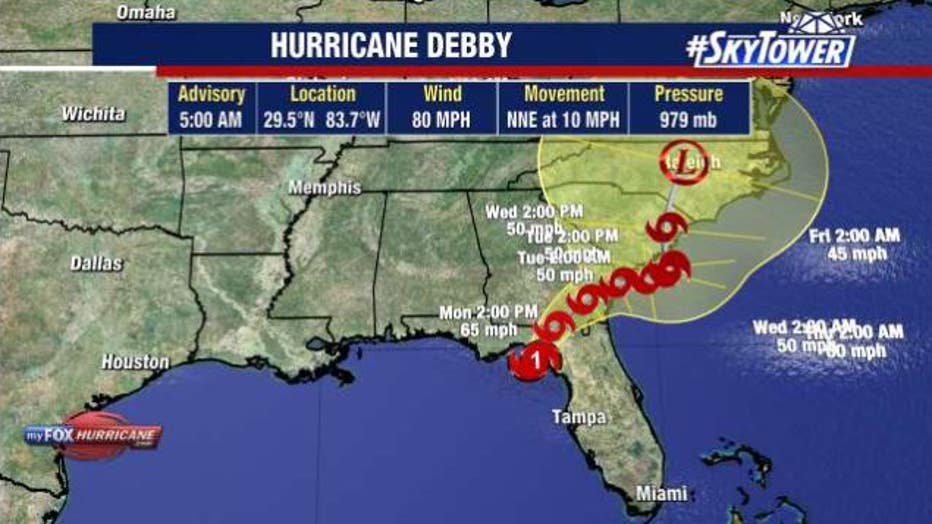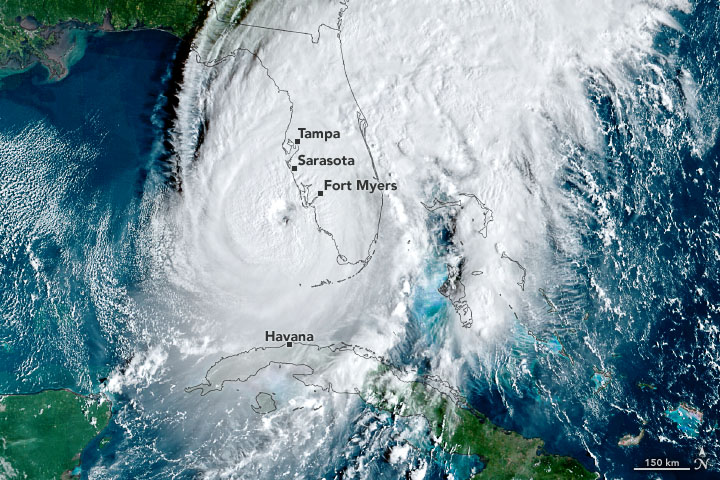Hurricane Debby struck Florida early Monday morning, making landfall near the coastal town of Steinhatchee as a Category 1 hurricane at 7 a.m. The storm, which intensified from a tropical storm to a hurricane late Sunday night, has already caused significant disruptions across the region. At landfall, more than 200,000 homes and businesses were without power.

The storm’s impact was immediately felt, with power outage reports climbing to nearly 250,000 across Florida by 7:25 a.m. ET, according to USA TODAY’s power outage database. Hurricane Debby was the first hurricane to hit Florida in the 2024 season, and its arrival has prompted widespread concern and emergency preparations.
Storm’s Path and Expected Impact
Hurricane Debby is set to traverse parts of Florida, Georgia, and South Carolina in the coming days. The National Hurricane Center forecasts that the storm will bring heavy rainfall and life-threatening storm surges to these areas. Florida, already grappling with the effects of the storm, is expected to experience up to 30 inches of rain, leading to severe flooding. The hurricane’s path indicates that it will impact the coastal regions and extend its effects inland, potentially causing significant disruptions and damage across a broad swath of the southeastern United States.
Preparedness and Response
In response to Hurricane Debby, local and state authorities are actively working to address the power outages and prepare for further impacts. Emergency services are mobilizing to assist affected communities, and residents are advised to stay informed through local updates and adhere to safety guidelines.

Authorities are also warning of potentially life-threatening conditions, including high winds, storm surges, and substantial flooding. Residents are encouraged to remain vigilant, avoid unnecessary travel, and follow instructions from emergency officials. As the storm progresses, ongoing updates and advisories will be crucial in managing the response and ensuring public safety.
